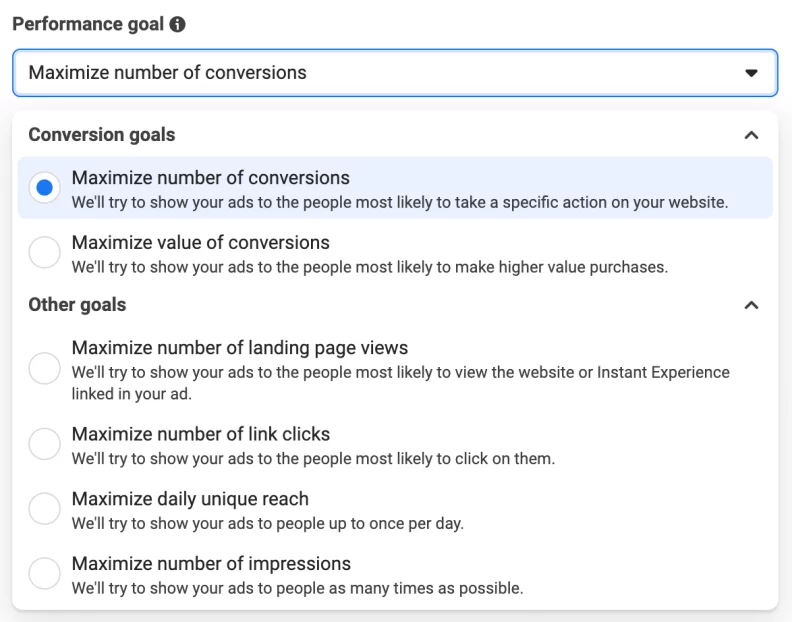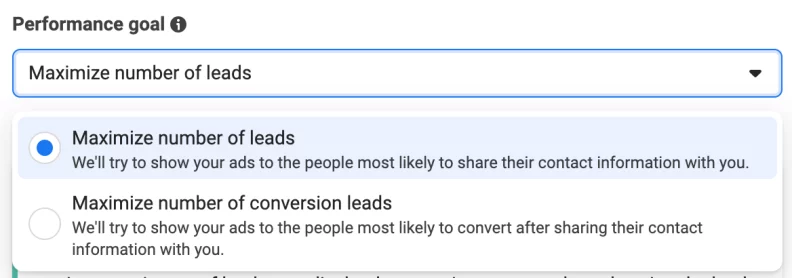Introduction
At Groost, we understand the pivotal role that effective advertising plays in driving emerging e-commerce brands to success. In this guide, we’ll delve into the four crucial factors that significantly impact the performance of Meta ads. As we dig into this guide, we want to break down these important factors and give you some practical tips. The online world can be pretty tough, but by understanding and working on these things, you can boost your brand and make sure it stands out in the crowd. By prioritizing these elements, you can optimize your advertising strategy and enhance your brand’s visibility in the competitive e-commerce landscape.
This isn’t just another blog – it’s your guide to navigating the ins and outs of Meta ads. Whether you’re selling handmade crafts or the latest gadgets, we’ve got your back with straightforward advice to make your brand the next big thing in online retail.






